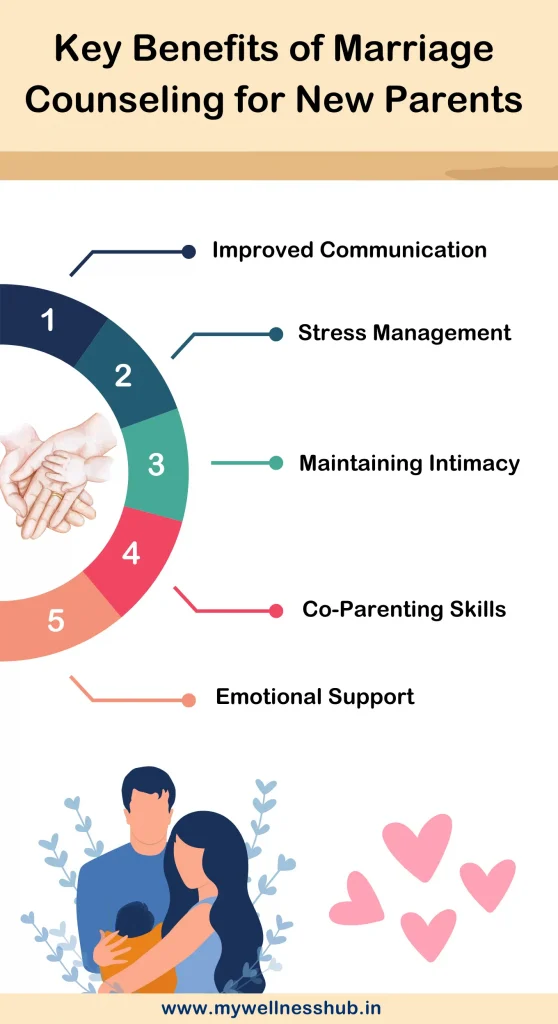9 Easy Facts About Aim Point Counseling Shown
9 Easy Facts About Aim Point Counseling Shown
Blog Article
6 Easy Facts About Aim Point Counseling Shown
Table of ContentsAbout Aim Point CounselingThe Best Strategy To Use For Aim Point CounselingThe Best Strategy To Use For Aim Point CounselingThe Ultimate Guide To Aim Point CounselingAim Point Counseling - QuestionsFacts About Aim Point Counseling Revealed
The longitudinal style entails a pre-treatment study and 2 follow-up surveys at 3- and 12-months post-intervention. The research is embeded in eight Relationships Australia Victoria centres, across urbane, external suburban areas, and regional/rural websites. Relationships Australia, a non-government organisation, is the biggest service provider of couple therapy and connection services in Australia.
These high rates of relationship break down have been constantly linked with unfavorable health and wellness effects for both grownups and kids complying with divorce/separation.
Unknown Facts About Aim Point Counseling
Longitudinal research studies additionally suggest that kids of divorce have a greater incidence of mental conditions, medication and alcohol usage, and dangerous sexual behavior [7] The results of separation and splitting up can be destructive, research study indicates that high connection disharmony in intact pairs is also most likely to have negative results.
Variables that influence the results of these services need extensive examination. Study to date has determined both pair and specific factors that may contribute to relationship discord. These include connection satisfaction and commitment at the couple level, and anxiety at the specific level. Nevertheless, durable study to examine relationship-enhancing treatments in the area are limited.
Indicators on Aim Point Counseling You Should Know
While the majority of researches indicate improvements in relationship complete satisfaction complying with pair coaching, they are restricted by the examples and procedures used, mostly temporary follow-up time structures, and analyses that do not account for the dyadic nature of pair information., is one more commonly investigated relationship end result.
To sum up, research shows that couple-specific variables in addition to individual factors might anticipate the outcomes of pair therapy and partnership services. The causal direction of these partnerships, however, is less clear. These monitorings are necessary, considering that, to validate and assist the application of connection solutions such as couple counselling, empirical proof must check out both the outcomes of connection solutions and the elements that forecast successful treatment.
As a result, there is an expanding consensus that efficiency studies ought to be enhanced by effectiveness study to best inform scientific technique [ 29] The restricted performance research that exists to date suggests that couple coaching can boost outcomes such as relationship satisfaction [33,43], communication skills and general wellness [44], a minimum of in some European nations.

We currently understand little regarding the accounts of pairs that seek out connection education and learning compared with those that look for relationship counselling, or the results of these programs. Anecdotal proof recommends that there might be substantial distress amongst at the very least some pairs looking for partnership education and learning.
Some Known Incorrect Statements About Aim Point Counseling
Comments involves participants finishing surveys regarding their relationship (e.g. measures of social problems), and receiving information on what their ratings indicate. Cognitive-behavioural approaches advertise altering cognitions to promote positive relationships. These might consist of advertising reasonable attributions/expectations around negative companion behaviour [46] Ultimately, in skills training, pairs go to lectures or presentations on relationship abilities, and practise these during facilitator-led tasks [ 45]
These meta-analyses highlight constraints in the present literary works on partnership education and learning. This example account might not represent clients who usually offer for relationship education.
The Single Strategy To Use For Aim Point Counseling

Very little research study has actually analyzed the comparative benefits of pair coaching and partnership education programs. As customers are most likely to self-select into these solution kinds, it is not clear whether particular connection distress accounts existing per solution kind, or indeed whether there is a communication between providing profile, service type and outcome.
(http://peterjackson.mee.nu/do_you_ever_have_a_dream#c2352)
Hence, we have actually included a 12-month follow-up to determine longer-term trends and results. The research study uses a variety of standardized end result measures because some prior investigations have actually been criticised for their lack of standardised evaluation [50] The use of analytical analyses that think independence of information, such as t-tests, or ANOVAs, has been widespread in previous studies [ 44,49]
We suggest to use multi-level analytical modelling treatments that manage for the inter-dependence of pair data to evaluate any type of therapy effects. The certain aims of the ECC research study are to: 1. Map accounts of clients looking for community agency-based pair coaching vs. relationship enhancement programs in regards to socio-demographic and partnership indicators (such as partnership satisfaction, relationship commitment, social troubles, and reasons for participating in), as well as health and wellness (such as clinical depression, general health and wellbeing) and health service usage (eg.
Figure out whether couple counselling and relationship education solutions enhance three- and twelve-month outcomes for partnership satisfaction, dedication, and clinical depression, utilizing statistical evaluations proper to couple information. christian marriage counseling. Figure out the family christian couples counseling member contributions of customer variables (private and couple) and therapy/education variables to end results at 3- and 12-months, and to sustainability of end results over time.
6 Simple Techniques For Aim Point Counseling
Multi-level modelling to identify pre-post differences, regulating for dyadic (pair) degree. To add to the literary works assessing the efficiency of community-based pair counselling.
Report this page